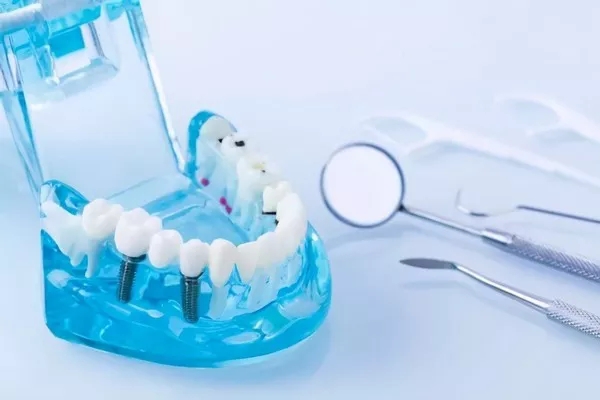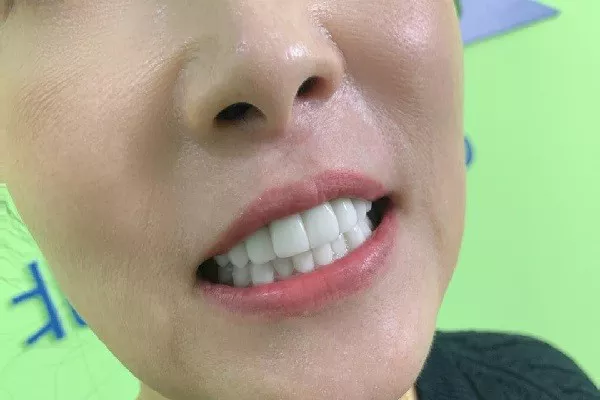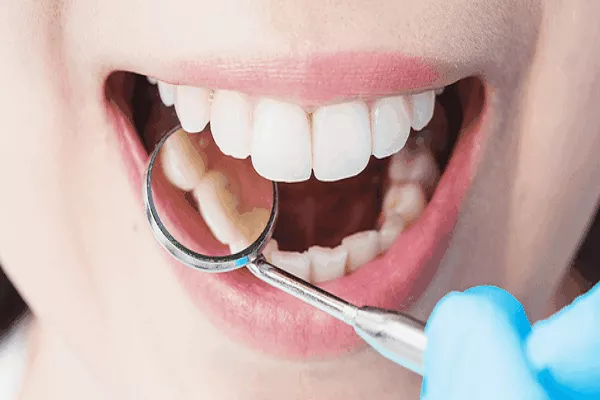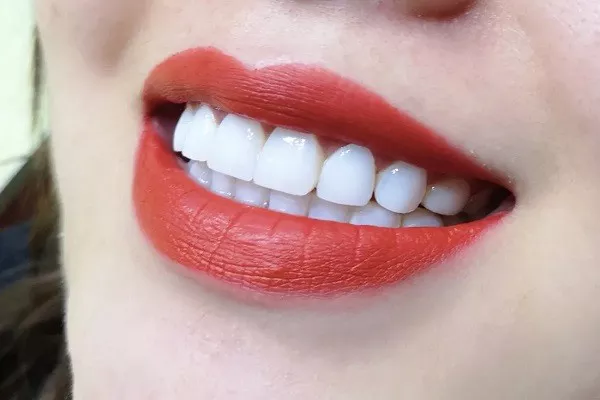Establishing good oral hygiene habits at a young age is essential for maintaining healthy teeth and gums throughout life. But when should you start brushing? In this article, we’ll explore the best practices for when to start brushing your child’s teeth.
Start Early:
- You can start wiping your baby’s gums with a clean, damp cloth or gauze pad before teeth even appear.
- Once teeth start to come in, use a soft-bristled toothbrush and a small smear of fluoride toothpaste to gently brush your child’s teeth twice a day.
- Starting early helps your child get used to the sensation of brushing and sets the foundation for good oral hygiene habits.
Timing of First Dental Visit:
- The American Dental Association recommends that children see a dentist for their first visit by their first birthday.
- This first visit is a great opportunity to ask questions about proper oral hygiene, including brushing techniques and toothpaste recommendations.
- Early dental visits can also help detect any potential issues early on and set your child up for a lifetime of healthy teeth and gums.
Encourage Independence:
- As your child grows and develops, encourage them to take an active role in their oral hygiene routine.
- Around age 2, you can start letting your child hold the toothbrush and practice brushing their teeth with your guidance.
- By age 4 or 5, your child should be able to brush their teeth on their own, but you should still supervise and assist as needed.
Consider Fluoride:
- Fluoride is a mineral that helps strengthen tooth enamel and prevent cavities.
- Talk to your child’s dentist about whether they recommend a fluoride supplement or fluoride toothpaste.
- Use only a small smear of fluoride toothpaste until your child is able to spit it out, usually around age 3.
Monitor Diet:
- A healthy diet is essential for maintaining healthy teeth and gums.
- Limit sugary and acidic foods and drinks, which can contribute to tooth decay and erosion.
- Encourage your child to eat a variety of fruits, vegetables, and dairy products, which are rich in essential nutrients for oral health.
Use Proper Technique:
- When brushing your child’s teeth, use gentle circular motions to brush all surfaces of the teeth and gums.
- Be sure to brush the front, back, and chewing surfaces of the teeth, as well as the tongue.
- Use a soft-bristled toothbrush and replace it every three to four months or as soon as the bristles start to fray.
Conclusion: Starting early and establishing good oral hygiene habits is essential for maintaining healthy teeth and gums throughout life. Begin by wiping your baby’s gums before teeth even appear and start brushing as soon as teeth come in. Take your child for their first dental visit by their first birthday to ask questions and set a foundation for proper oral hygiene. Encourage your child to take an active role in their oral hygiene routine as they grow and develop, and always supervise and assist as needed. Consider fluoride, monitor diet, and use proper brushing technique to set your child up for a lifetime of healthy teeth and gums.
































